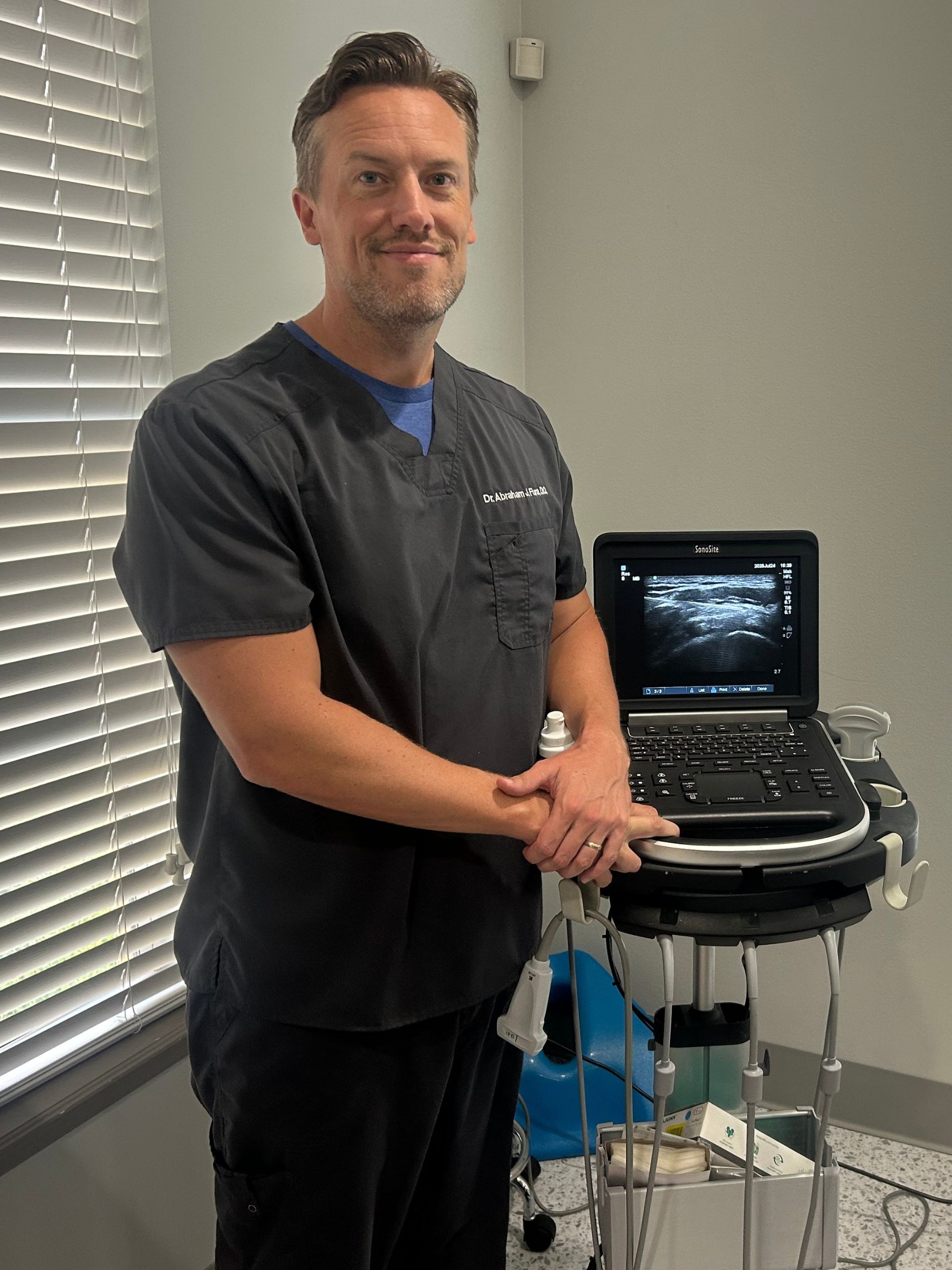
CONDITION OVERVIEW
Elbow arthritis is the inflammation and deterioration of the cartilage in the elbow joint, leading to pain, stiffness, and a significant loss of motion. This condition can make simple daily tasks, such as lifting objects or personal hygiene, incredibly difficult. Unlike arthritis in weight-bearing joints, elbow arthritis is most commonly post-traumatic, developing years after an injury. However, it can also be caused by degenerative wear-and-tear (osteoarthritis) or autoimmune conditions like rheumatoid arthritis.

ROOT CAUSES
The triggers for elbow arthritis differ from those affecting the hip or knee. A history of injury is the most significant risk factor, though degenerative and inflammatory diseases are also primary causes.
The leading cause of elbow arthritis. A previous elbow fracture or dislocation can damage the joint surface, leading to accelerated cartilage wear years after the initial injury.
This "wear-and-tear" type is less common in the elbow but can affect individuals with a history of heavy manual labor or repetitive, forceful use of the arms over many years.
An autoimmune disease where the body's immune system attacks the joint lining (synovium), causing inflammation that destroys cartilage and bone. It often affects both elbows.
Conditions such as gout, where uric acid crystals deposit in the joint, or psoriatic arthritis can also lead to the destruction of elbow cartilage.

RECOGNIZING THE SIGNS
Symptoms of elbow arthritis often progress from a minor nuisance to a major functional problem. Loss of motion is frequently a more significant complaint than pain for many patients.
The hallmark symptom. A progressive inability to fully straighten or bend the elbow, making it hard to reach your face or carry objects.
An aching pain felt deep within the elbow joint, which typically worsens after activity, especially twisting movements of the forearm.
A sensation of catching, popping, or grinding (crepitus) during movement, caused by loose fragments of cartilage or bone within the joint.
The elbow may appear swollen or puffy and can feel warm to the touch, especially during inflammatory flare-ups.
Swelling and bone spurs can compress the ulnar nerve, causing numbness and tingling in the ring and small fingers (cubital tunnel syndrome).
In advanced stages of arthritis, significant bone and cartilage loss can cause the joint to feel unstable, as if it might give way.
Don't let elbow pain and stiffness compromise your quality of life. An accurate diagnosis is the first step toward effective treatment. Contact the Spine and Nerve Center Riverview to schedule a consultation with Dr. Abraham J. Fura and discover the best path back to function and comfort.